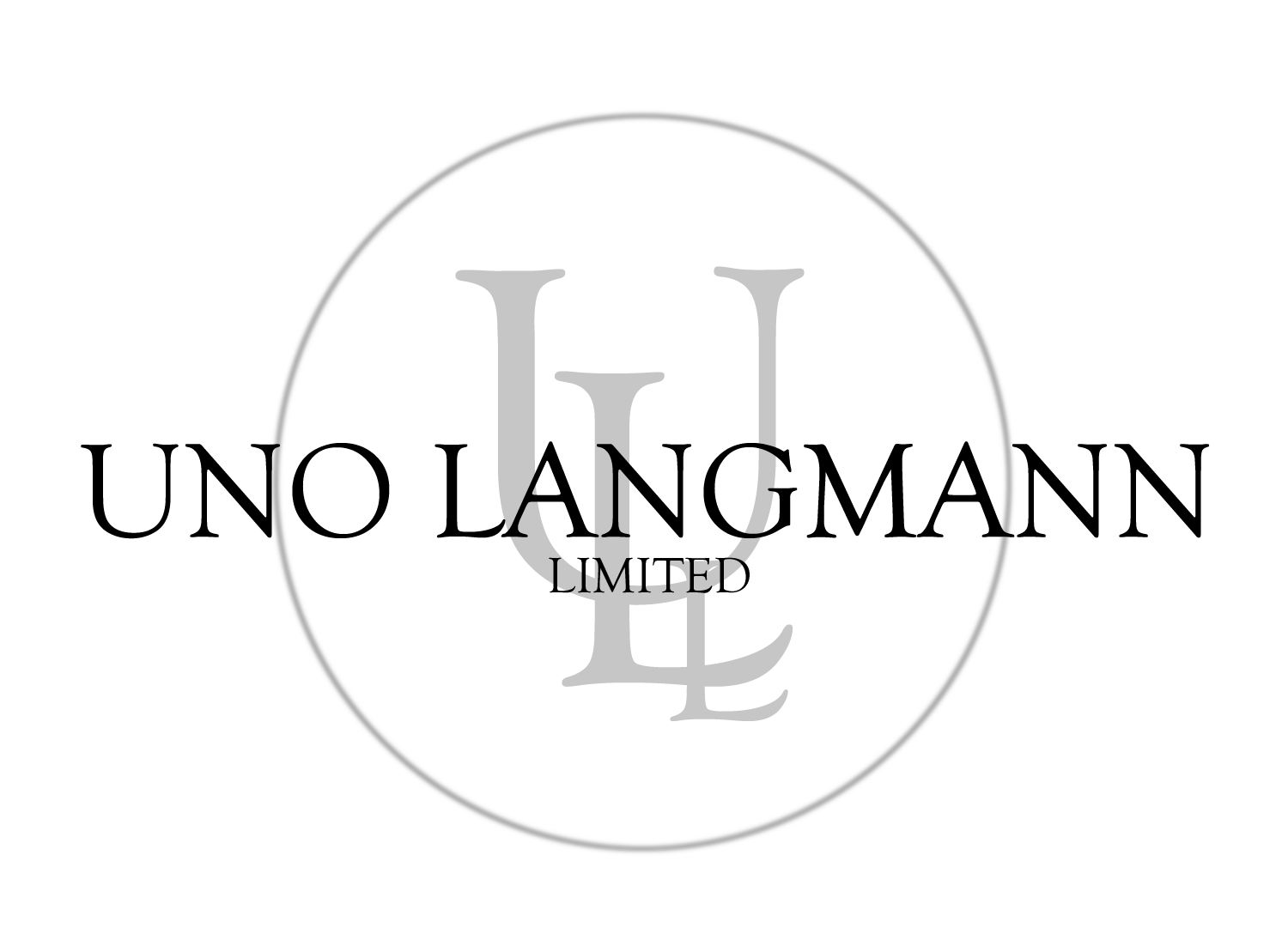Benno Elkan (German 1877-1960)
Jungle Family
bronze, signed on bronze "Beno Elkan"
Size: 12 ½ h x 11 w x 11 d in
ZG19122
SOLD
This item is no longer available, please contact us to inquire about similar pieces.
604 736 8825 or 1 800 730 8825
Benno Elkan was born in Dortmund, Germany in 1877, the son of a master tailor. After completing his general education, he was sent to boarding school near Lausanne to study languages. It was in Lausanne that he became interested in painting and moved to Munich in 1897 or 1898 to pursue an education in art. He began initially as a private student of Walter Thor, the German artist and illustrator known for his humorous advertisements done in the Art Nouveau style. The following year he became a pupil of Nikolaso Gyzis who was considered one of Greece's most important 19th-century painters, and Johann Caspar Herterich a professor at the Royal Munich Academy. In 1901 Elkan began to study sculpture at the Karlsruhe Art Academy. In 1905 he moved to Paris, the center of avant-garde art at the time, to learn more about sculpture. Joining a group of German artists who regularly gathered at the Café du Dome, he was introduced to Alfred Flechteim, the influential German Jewish art dealer, collector, journalist and publisher. He also met several French sculptors including Paul Albert Bartholomé whose monumental work Monument aux Morts in the Pére-Lachaise cemetery was of profound influence, and Antoine Bourdelle. He was a friend of Auguste René Rodin, whose influence can be seen in much of his later work. In 1907 he married the pianist Helene Einstein, the sister of the poet and art critic Carl Einstein and the daughter of Baden Chief Rabbi Hedwig Einstein.
Shortly after marriage, the new couple moved to Rome for three years on a scholarship from the Michael Beer Foundation, so that he could immerse himself in Renaissance sculpture. In 1911 they returned to Germany where Elkan produced many mortuary commissions, primarily tombstones decorated with bronze statuary. He also produced several sculptures of coloured stone and portrait busts.
As World War I broke out Elkin enlisted and served in Poland and Frankfurt, but was released after becoming infected with cholera. He created a series of lithographs of his war experiences (Polnische Nachtstuecke) which he published in 1918. By this time he had settled in Frankfurt, where he remained for the next 15 years. Elkan continued to produce many important medals and busts during this period, but his most impressive work - The Freedom Monument “Erwachende”, a 17 feet high granite masterpiece in Mainz, Germany - was destroyed during World War II.
Recognizing the risk of being Jewish in Germany circa 1933, Elkin fled and immigrated to the United Kingdom. At first he had some difficulty attracting commissions but this changed after several exhibitions of his work including the Royal Academy and the Knoedler Gallery in London in November 1936. It was in England that he received two of his most interesting commissions, both for sculptural works in lead. The first was “Jungle Family” depicting an Orangutang family and commissioned by the London lead casters Stovers & Saunders Ltd. as their exhibit for the 1938 Empire Exhibition at Bellahouston Park in Glasgow. Glasgow intended the piece to be part of the permanent exhibit, however in 1939 Stovers and Saunders informed the city of their plan to exhibit the piece in Edinburgh, where it now resides in the Edinburgh Zoo. The second commission was a Jungle Book Relief panel which Elkin produced in 1939 for the South wall of the Rudyard Kipling building in Windsor. He continued to receive commissions, producing lamps for Westminster Abbey, and busts of Winston Churchill, Walter Rathenau and John Maynard Keynes, the latter for King’s College, Cambridge. Elkan created both the candlesticks and a memorial plaque for Abbot Anscar Vonier in Buckfast Abbey. One of his final important and personal commissions was a Menorah for presentation by the British Parliament to Israel government Knesset to celebrate the state’s 8th Independence Day in 1956. In 1957 Elkan received the Order of the British Empire.
Benno Elkan travelled widely including a trip after World War II to visit his son and daughter in the US. He exhibited extensively and his work can be found in major institutions worldwide. After his death in 1960 in London, his ashes were scattered in Israel. Elkan’s biography, published in 1997, was written by Fritz Hofmann.
